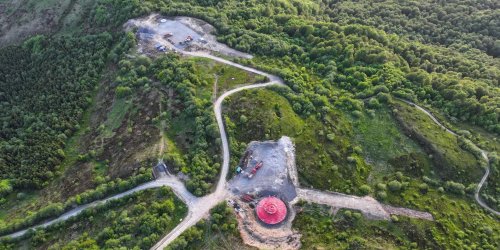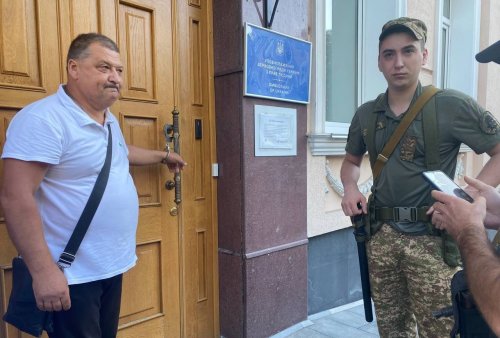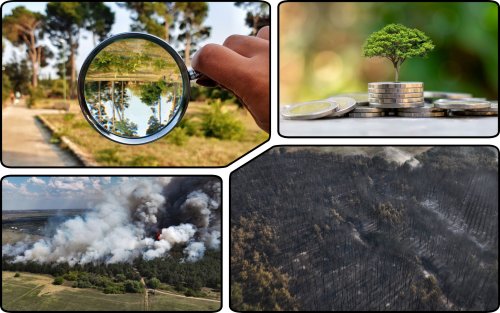In 2022, eco-activists from the "Ukrainian Nature Conservation Group" achieved 25 victories based on the results of comments on environmental impact assessment (EIA) reports, that is, for almost every third case.
Before the full-scale invasion, they processed 389 reports and messages, and after the opening of the registry – 28 reports with relevant comments, the UPG reported on Facebook.
The authors emphasized that in the realities of war, the public "miraculously" was able to participate in planning and limiting environmentally dangerous activities. After all, after the full-scale invasion, the EIA registry was completely closed. It was partially opened in mid-June in the mode of manual access by request without notification of planned activities.
"Additional information about the "location" of activities, almost all open registers and sources of analytical data, including the cadastre, data on mineral deposits, data from forest maps, were also lost. We accepted the challenge and continued our work," the ecoactivists said.
They emphasized that during the time since the registry was opened, it was possible to process 28 reports and write comments on them, sending them to the responsible authorities. They also submitted proposals for 40 future reports and pre-processed another 115 reports that made it to the UPG monitoring list.
"Unfortunately, we are not talking about a large number of processed cases, as was the case in previous years. Reports are now issued less often by the developers themselves due to economic aspects and the general instability caused by the war," the authors emphasized.
Earlier, EcoPolitic wrote, that during the period of martial law the government introduced changes in the functioning of information and communication systems and electronic registers, in particular the Unified register of ATS.
As EcoPolitic previously reported, the Professional Association of Ecologists of Ukraine (PAEU) supported the changes proposed by the new draft law "On Environmental Impact Assessment" regarding the shortening of the procedure and its completion in digital format directly in the Unified Register of Environmental Protection. However, they critically evaluated the determination of the grounds for providing a conclusion from the EIA in which the inadmissibility of the planned activity is determined.





